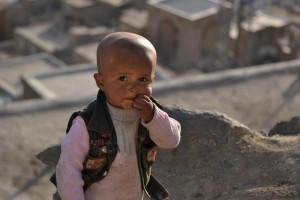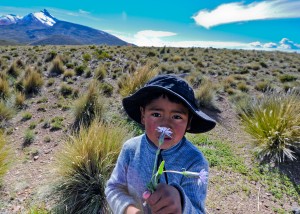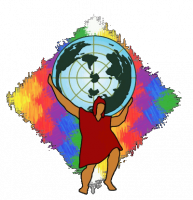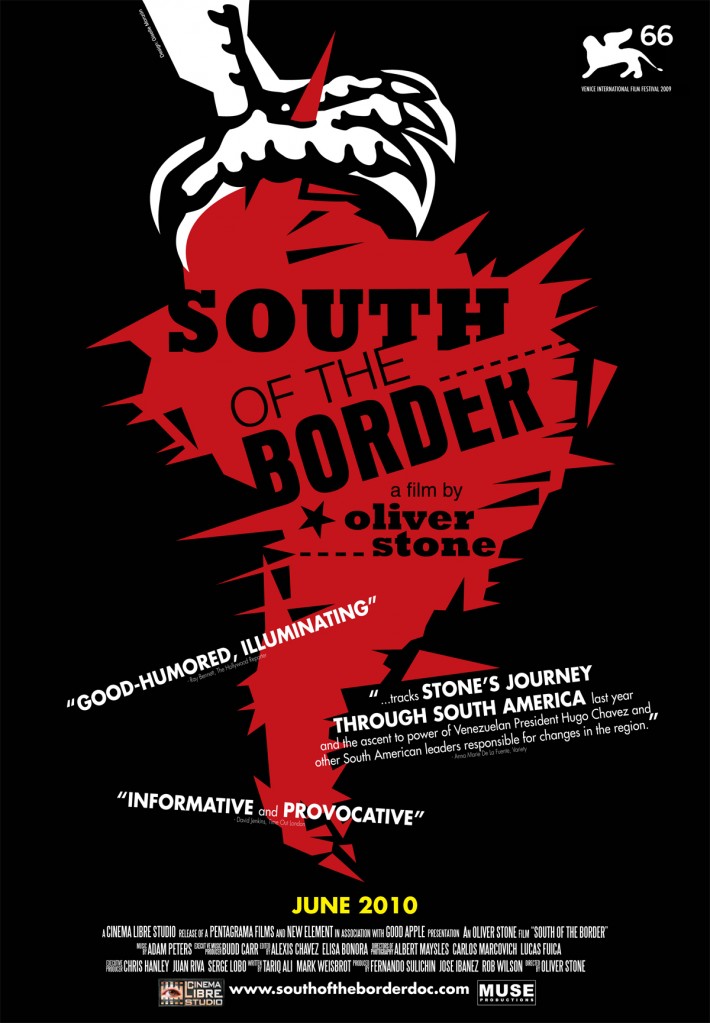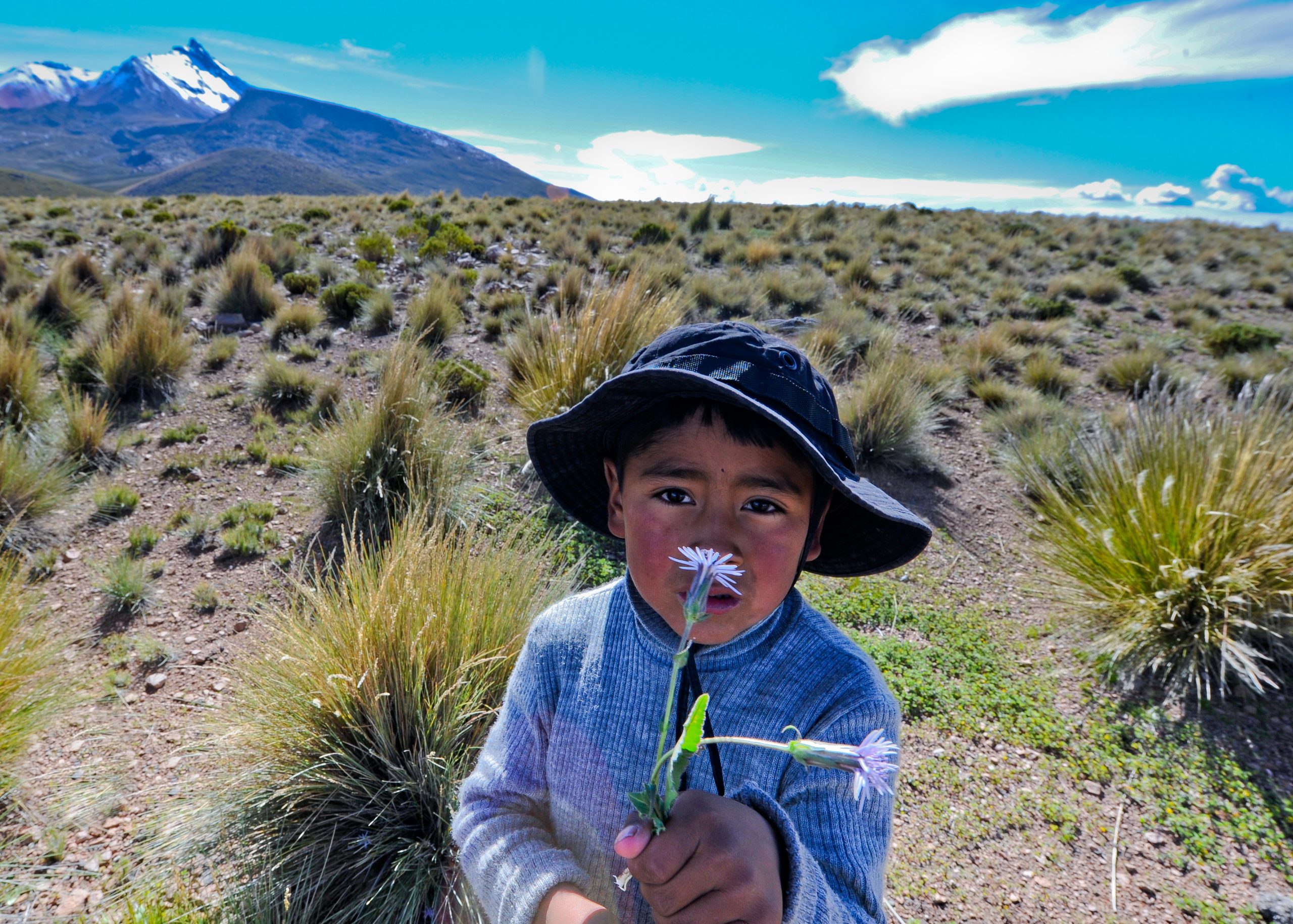
Photo Credit: Shannon DeCelle
From environmental justice in Ecuador, to Indigenous rights in Mexico, and revolution and change in Cuba, this summer Global Exchange is offering several Reality Tours that will highlight important issues around the world.
Join us as we meet with local leaders and movements to learn about the innovative ways communities and individuals are organizing for social change. Return with a new understanding of the issues and, perhaps most importantly, new ways to engage and support these inspiring movements from home.
 |
Cuba: Revolution and ChangeMay 18-27, 2018Be a witness to a rapidly changing Cuba, while engaging in dialogue with local economists, historians, doctors and teachers. Learn about the Cuban revolution while traveling across the country. We’ll start our historical adventure in Santiago where the Cuban Revolution began with the 26th of July Movement. While in Santiago, learn more about the events leading up to the Cuban Revolution as well as celebrate Santiago’s annual Carnival! Continue on to the Sierra Maestra mountains, beautiful Camaguey, Santa Clara and then to Havana. |
.jpg) |
Haiti: Beyond the Non-Profit Industrial ComplexJune 2-11, 2018Join us as we examine the impact that foreign actors, like NGOs and volunteers, have had on disaster relief and development in Haiti. Led by Rea Dol, a Haitian educator and grassroots activist, we will engage local organizations and individuals working to sustainably build education, health, and financial services in their communities. |
.jpg) |
Ecuador: Social & Environmental Justice from the Andes to the AmazonJuly 13-21, 2018This delegation takes a hard-hitting dive into local and international efforts to bring environmental and social justice to the Andes and the Amazon. You will visit Chevron/Texaco’s toxic waste pits and see, firsthand, the impacts of extractive industries on the environment and Indigenous communities. You’ll visit the Yasuni national park, a UNESCO declared world-biosphere reserve that is under renewed attack for its crude oil. And you will meet with a range of actors resisting in creative and powerful ways, including community run ecotourism programs that are local economic alternatives to natural resource extraction. |
.jpg) |
The Guelaguetza Festival: Indigenous Resilience in Oaxaca, MexicoJuly 19-28, 2018Explore Indigenous resilience through food, culture, and social movements in Oaxaca — home to one of the largest Indigenous populations in Mexico. During this 10 day trip, you will meet with community leaders, activists, artisans, artists, archaeologists, and experience resistance in different ways. Taste the region’s renowned gastronomic traditions rooted in farm-to-table cuisine and mezcal production. See the preservation of pre-Columbian artifacts and practices, including a visit to the Monte Alban ruins. Attend the Guelaguetza festival, a yearly celebration of the customs of Oaxaca’s Indigenous communities. |
.jpg) |
Peru: Ancient Civilizations and Modern Day PeruJuly 6-17, 2018Travel from Lima to the Sacred Valley and learn along the way about Peru’s ancient civilizations and contemporary social challenges, all while tasting the country’s world-famous cuisine. From Lima’s informal settlements to Andean villages, you will meet with Indigenous cooperatives, artisans, and NGOs working to empower women, practice fair trade, and preserve their traditions. |
 |
Chiapas: Indigenous Rights & Environmental JusticeAugust 3 – 11, 2018From a base in the colonial town of San Cristóbal de Las Casas, our delegation will travel to surrounding Indigenous and campesino communities to learn about Chiapas’s long history of mass mobilization and collective resistance to the Mexican government’s repressive imposition of neoliberal agendas. We will see, firsthand, how popular movements like the Zapatistas organize for economic, environmental, and Indigenous justice while getting a unique look into their time-honored traditions. |
 |
Bolivia: Spanish Study & Cultural ImmersionAugust 6-21, 2018Looking to pair language school with cultural immersion and social justice? During this trip, we will spend mornings in class learning (or brushing up on) Spanish while exploring social justice issues through guest lectures, debates, and group discussions. During our afternoons, we will explore Cochabamba via visits with activists, scientists, journalists, artists, and government officials. On weekends, we’ll head to the Bolivian countryside and learn about climate change, food justice and the coca industry. All the while, you will live with a Bolivian family, providing an intimate opportunity to practice Spanish in everyday situations and get a better feel for the rhythm of Bolivian life. |




 TAKE ACTION!
TAKE ACTION!